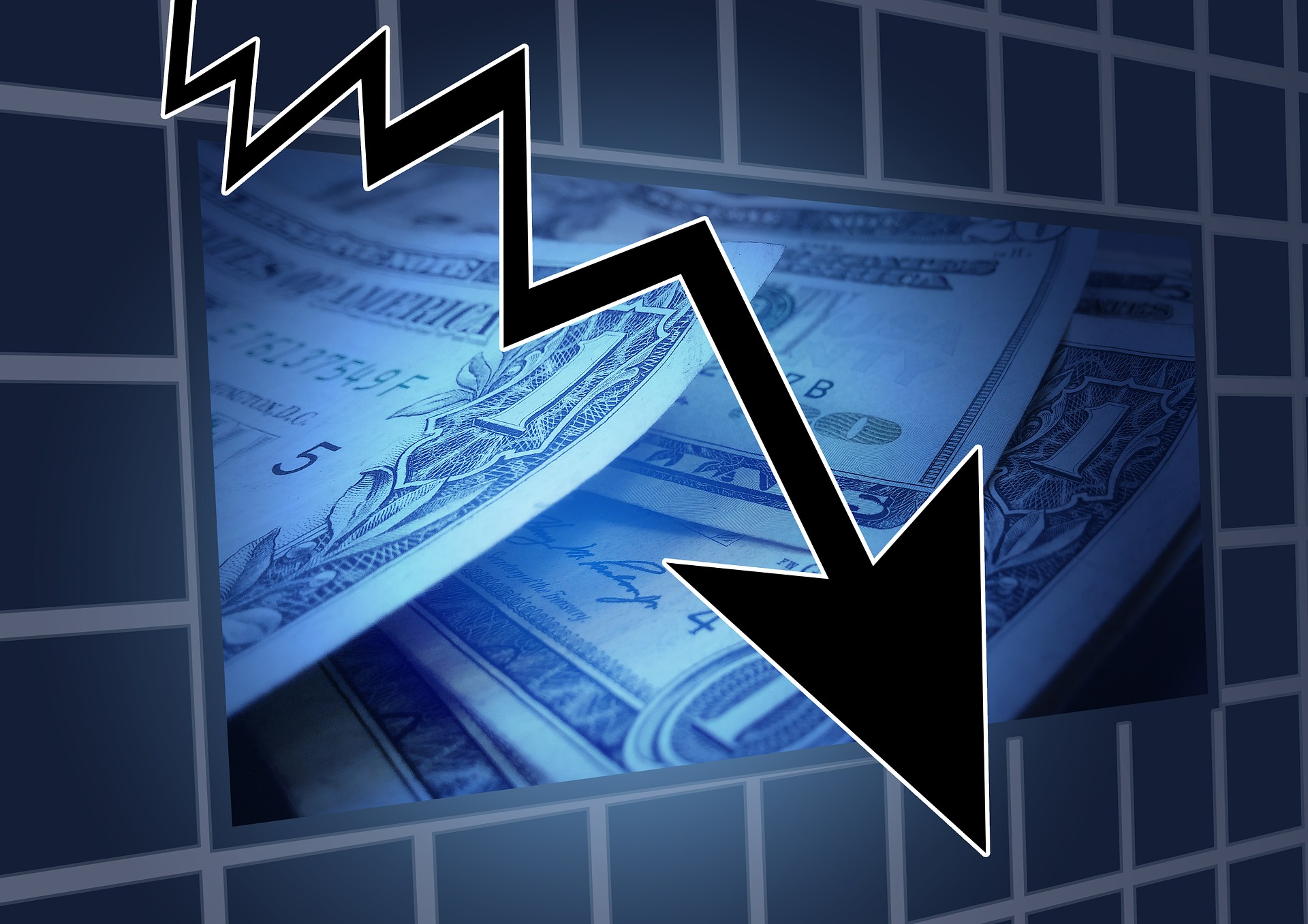EQUITIES
The markets were mixed on Monday as concerns over aggressive Federal Reserve rate hikes re-emerged.
Japan's Nikkei fell 0.47%, while South Korea's KOSPI shedding 1.21%. The S&P/ASX 200 in Australia dipped 0.95%, and Hong Kong’s Hang Seng index was down 0.27%.
Chinese markets rose after China cut its benchmark lending rates. The Shanghai Composite was 0.61% higher. In Singapore, the FTSE Straits Times Index rose 0.66%.
OIL
Oil prices fell, under pressure amid worries about global demand and the high dollar, as well as consultations between the U.S and the EU on Iran's response to the latest nuclear pact proposal.
The leaders from the U.S., Britain, France, and Germany discussed efforts to revive the 2015 Iran nuclear deal, the White House said on Sunday, though no further details were provided. Oil supply could rise if Iran if sanctions on Iranian oil exports were removed.
Brent was down 0.87% at $95.85, while U.S. crude lost 1.56% to $89.53 per barrel.
CURRENCIES
Benchmark 10-year U.S. Treasury yields rose above 3% earlier on Monday for the first time since July 21, and last stood at 2.980%, with the curve remained deeply inverted to reflect the risk of recession.
The U.S. dollar hit a fresh five-week high versus major peers early in the Asian session Monday before trading flat at 108.289. It gained 2.33% last week - its best weekly rally since April 2020 - amid a chorus of Fed policymakers stressing that more needs to be done to rein in decades-high inflation. The general air of global uncertainty has tended to boost the US dollar as the most liquid of safe havens.
China’s central bank cut its one-year benchmark lending rate and lowered the mortgage reference by a bigger margin on Monday, adding to last week's easing measures, as Beijing boosts efforts to revive an economy hobbled by a property crisis and a resurgence of COVID-19 cases. The one-year loan prime rate (LPR) was lowered by 5 basis points to 3.65% and its five-year rate by 15 basis points to 4.3%. China's yuan dropped to its lowest in nearly two years after the decision.
GOLD
The rise in the dollar has been a setback for gold, which hit their lowest in more than three weeks on Monday.
Spot gold slipped 0.50% $1,738.70 per ounce, after hitting its lowest since July 28 at $1,743.83 in early Asian trading. U.S. gold futures eased 0.60% to $1,752.50 per ounce.
Elsewhere, spot silver gained 0.5% to $19.12 per ounce, platinum edged 0.1% higher to $896.74, and palladium rose 1% to $2,145.90.
ECONOMIC OUTLOOK
Shares slipped on Monday while the dollar remained in demand as most central banks remains committed to keep raising rates no matter the risks to growth.
One exception to the tightening trend is China, where the central bank, again, trim some key lending rates on Monday, in a bid to support a slowing economy and a stressed housing sector. Meanwhile the U.S. Fed is seen as having more room to hike rates than central banks of other large economies which are more fragile.
With the next U.S. Federal Reserve meeting just over a month away, investors worried about the pace of further interest-rate increases. Investors and economists will turn their attention to the Rocky Mountain town of Jackson Hole, Wyoming, where the U.S. Federal Reserve will hold its annual three-day economic policy symposium beginning Thursday, August 25. Fed Chair Jerome Powell is among the featured speakers.
Important U.S. economic reports being released this week include new home sales, durable goods orders, Q2 GDP, PMI readings, and the closely-watched PCE price gauge.
There are no major corporate earnings or economic data releases due out of Europe on Monday, while in the U.S., earnings reports from Palo Alto Networks and Zoom Video are awaited. And later in the week earnings reports will pour in from the consumer and tech sectors again, with Dollar Tree, Dollar General, Nvidia, and Salesforce.com were some of the headliners.














